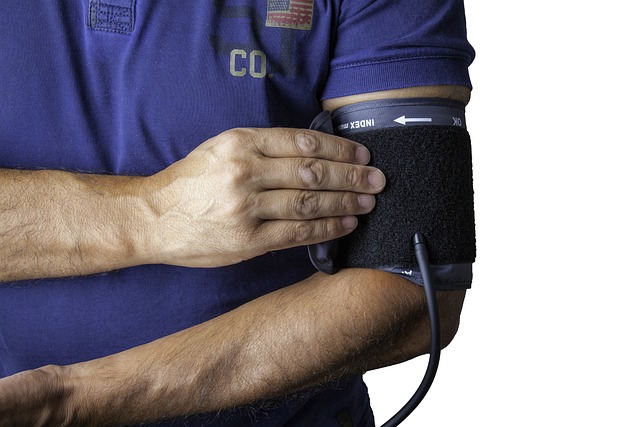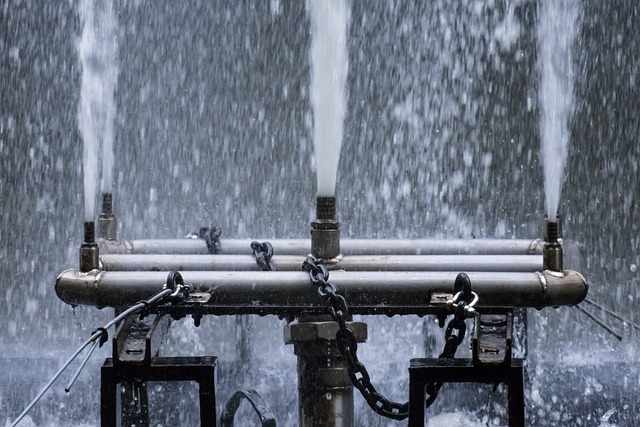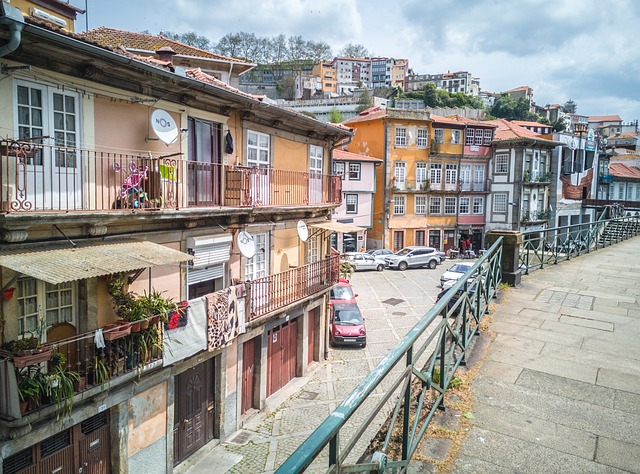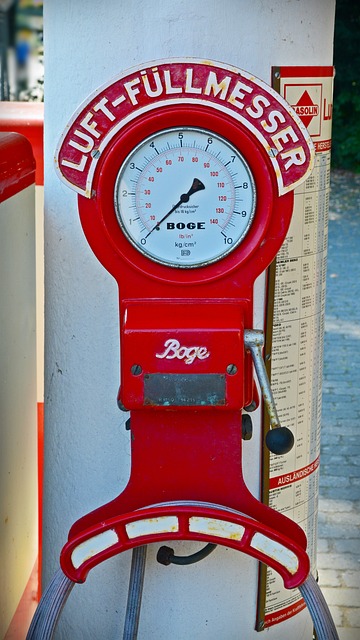To increase water pressure at home, first understand your plumbing system by checking the main shut-off valve and identifying pressure drop points. Regular maintenance including leak checks and pipe cleaning is vital. Adjust the pressure regulator settings near your main water line gradually for optimal pressure without calling a plumber. Consistent monitoring prevents damage and maintains steady water pressure.
Are you tired of low water pressure in your home? Don’t call a plumber just yet. This guide teaches you how to increase water pressure, offering simple DIY solutions and expert tips. From understanding your plumbing system to adjusting settings and performing basic maintenance, you’ll learn effective ways to boost that much-needed pressure. Get ready to transform your shower and faucet flows without professional help.
- Assess Your Home's Water Pressure System
- – Understanding the basic components of your plumbing system
- – Checking for pressure regulators and their settings
Assess Your Home's Water Pressure System

Before attempting any DIY solutions, understanding your home’s water pressure system is key. Start by checking your main water shut-off valve—located near the meter or in a utility room—to ensure it’s fully open. This valve controls the water flow throughout your house. Next, identify where pressure drops occur. Common issues include old pipes, corroded fittings, or faulty pressure regulators. Inspect these areas for leaks, blockages, or damage and address them accordingly.
Regular maintenance is crucial to maintaining optimal water pressure. Consider scheduling periodic checks, especially if you notice a decline in pressure or consistent low flow. By keeping an eye on your system’s health, you’ll be better equipped to implement quick fixes or know when professional assistance is required for more complex problems.
– Understanding the basic components of your plumbing system

Understanding the basic components of your plumbing system is key to knowing how to increase water pressure. Your home’s water pressure is regulated by a main shut-off valve, which controls the flow of water from the main supply line into your house. From there, water travels through pipes and is distributed to various outlets like faucets and showers. A pressure regulator may also be present, designed to maintain consistent pressure despite fluctuations in water flow or altitude changes. By identifying these key parts, you can begin troubleshooting and implementing DIY solutions to boost your home’s water pressure without calling a plumber.
Regular maintenance plays a significant role in keeping your plumbing system efficient. Checking for leaks, clearing mineral buildup in pipes, and ensuring valves are fully open can all contribute to improving water flow and pressure. Additionally, understanding how to adjust the pressure regulator (if equipped) allows you to fine-tune the setting to achieve the desired pressure level for optimal performance in your home’s plumbing fixtures.
– Checking for pressure regulators and their settings

Many homeowners wonder how to increase water pressure in their homes, and one simple place to start is by inspecting the pressure regulators. These devices are often located near the main water supply line entering your house. They have adjustable settings that can be modified to boost water pressure. If you’re unsure where they are or how to adjust them, refer to your owner’s manual or consult an online guide tailored for your specific model.
Turning up the regulator’s setting is a straightforward way to enhance water pressure throughout your home. However, it’s crucial to do this gradually to avoid any potential damage. Start with small increments and monitor the pressure to ensure it doesn’t exceed recommended levels, as this can lead to leaks or other plumbing issues. Regularly checking these settings can help maintain consistent water pressure and save you from unnecessary trips to call a plumber for simple adjustments.
Increasing water pressure in your home can be surprisingly straightforward. By assessing your plumbing system, understanding key components like pressure regulators, and making simple adjustments, you can effectively boost pressure without calling a plumber. Remember to check settings regularly and maintain your system for optimal performance and longevity. With these DIY tips, you’re well-equipped to ensure a strong, consistent water flow throughout your home.
